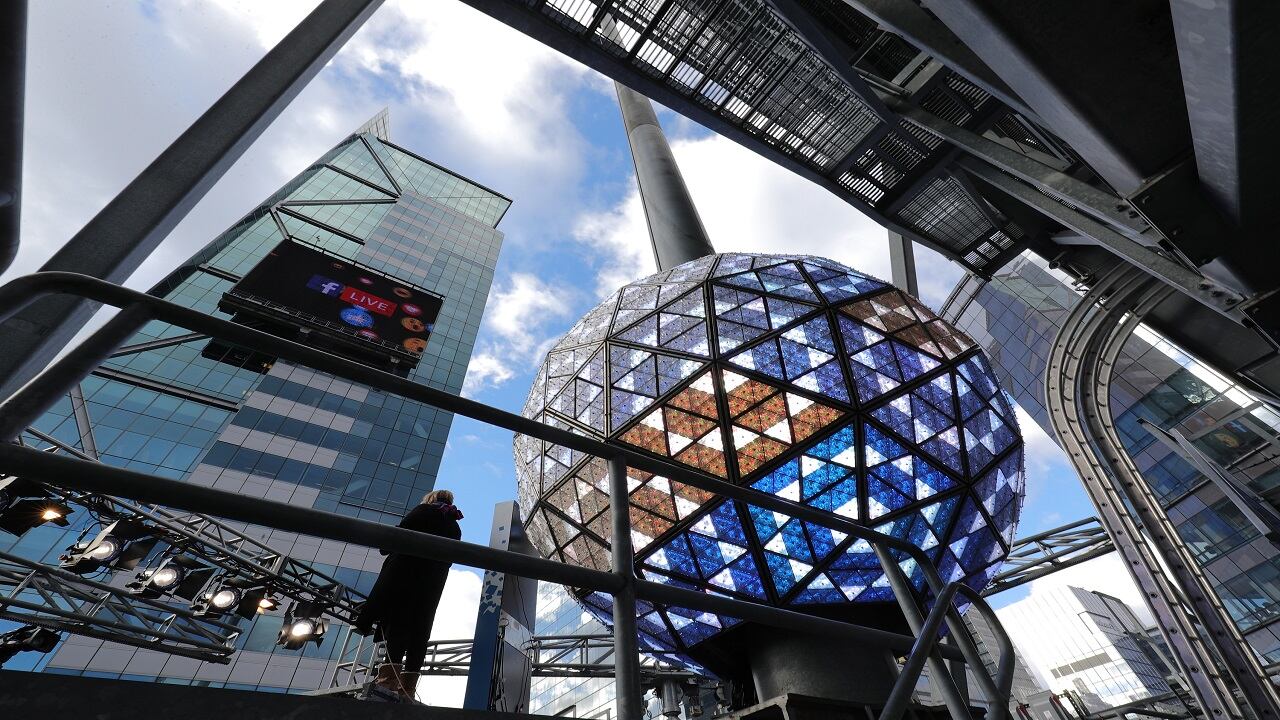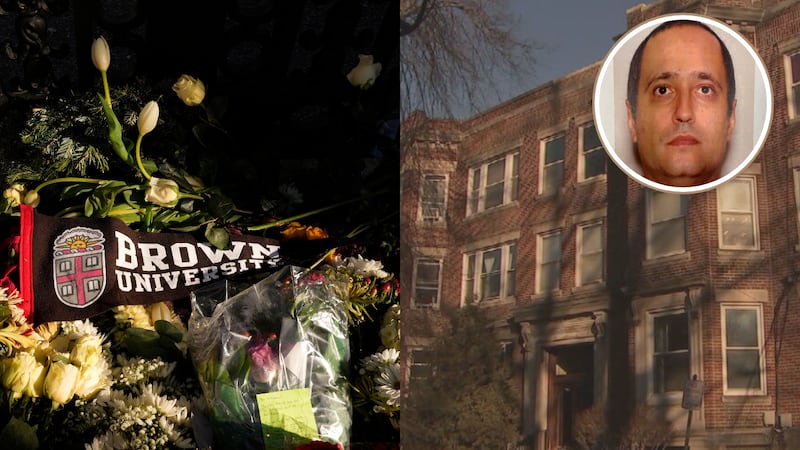NEW YORK — Each year on Dec. 31, many people across the country gather to ring in the new year, and thousands of people show up and tune in to watch the ball drop in Times Square.
This year will be the 109th iteration of the tradition, which started in 1907 in Manhattan.
But the tradition of dropping a "time ball" dates back even further.
According to Time, time balls "covered in black or red canvas" were first used in England in the 1820s to help sailors and ship captains keep track of time during the day.
The first time ball built in the U.S. was erected in 1845 atop the United States Naval Observatory in Washington, D.C. Years later, the Boston Time-Ball went into operation in 1878, and others were showcased in other U.S. cities.
According to Alexis McCrossen, author of "Marking Modern Times: A History of Clocks, Watches, and Other Timekeepers in American Life" and history professor at Southern Methodist University, "the vast majority of clocks were put up by government entities to assert their right to control the time."
According to PBS, New Year's Eve festivities in New York were once celebrated at the Trinity Church in Manhattan, where bells chimed and fireworks burst when the clock struck midnight. But the police department enacted a ban on the fireworks after there were issues with hot ashes falling on the streets.
According to PBS, the first time ball in Times Square was 700-pound ball made of iron and wood with 100 25-watt light bulbs attached to its surface. Today, the ball has been renovated seven times. It's currently covered in more than 2,500 Waterford crystals and is illuminated by more than 32,000 LED lights. It weighs 11,875 pounds.
Cox Media Group






